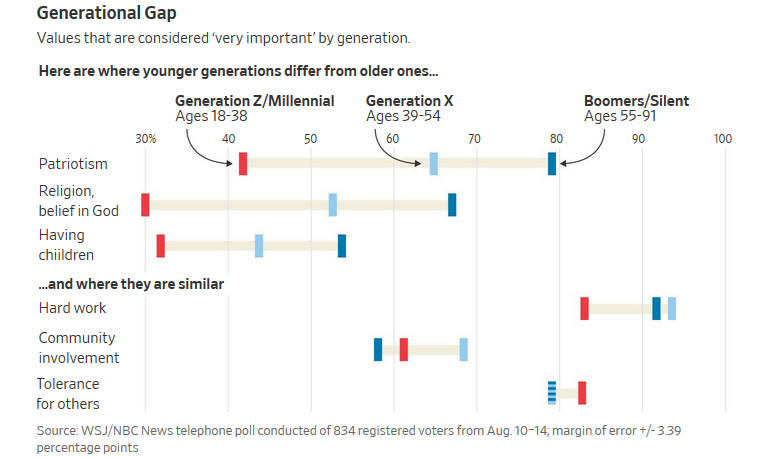Yesterday I posted an article about a chart on The National Museum of African American History & Culture (NMAAHC) website. The chart was essentially an accusation that the things that form the foundation of American culture are racist. Things such as a work ethic, the family unit, manners, respect for authority, self-reliance, delayed gratification, etc. Denigrating those values is not helpful to our social framework, nor is it a good thing to put in front of our children as fact. I wasn’t the only person upset that this chart was totally inaccurate and paid for with taxpayer money. Evidently someone was upset who knew how to get results.
Last night, Fox News reported that the chart had been removed from the website.
The article reports:
The National Museum for African American History and Culture (NMAAHC) has removed its controversial chart on whiteness from one of its webpages, telling people on Thursday that it didn’t contribute to a “productive conversation” about racial issues.
“Since yesterday, certain content in the ‘Talking About Race’ portal has been the subject of questions that we have taken seriously. We have listened to public sentiment and have removed a chart that does not contribute to the productive discussion we had intended,” the museum said in a statement.
Fox News reported yesterday that some described the chart as racist since it categorized things like “decision-making” and “delayed gratification” as part of whiteness.
The museum’s graphic broke the “aspects and assumptions of whiteness” into categories such as “rugged individualism” and “history.” For example, under “future orientation,” the graphic listed “delayed gratification” and planning for the future as ideas spread by white culture.
The article continues:
For instance, that information includes potential microagressions that could be committed by White people. “Acts of microaggressions include verbal, nonverbal, and environmental slights, snubs or insults toward nonwhites. Whether intentional or not, these attitudes communicate hostile, derogatory, or harmful messages,” the site reads.
It also tells readers that “if you are white in America, you have benefited from the color of your skin.” The website also maintained a video from “White Fragility” author, Robin DiAngelo — whose book has been touted as a go-to in the wake of protests against racism ignited in part by the death of George Floyd.
According to DiAngelo, white people have a hard time admitting their privilege. The portal reads: “Dr. Robin DiAngelo coined the term white fragility to describe these feelings as ‘a state in which even a minimum amount of racial stress becomes intolerable, triggering a range of defensive moves.’ Since white people ‘live in a social environment that insulates them from race-based stress,’ whites are rarely challenged and have less of a tolerance to race-based stress.”
So according to this, if I encourage a child of another race to do better in school, that is a microagression, but if I encourage a white child to do better in school, that’s okay. Can you see where this is going? This was a probe. Had the chart not been exposed, the museum would have pushed its racist (yes, this is racist) agenda even further. The message in this chart (dismissing the value of the family unit, dismissing the value of a good work ethic, dismissing the idea of self-reliance, and delayed gratification) if followed will lead to a life of poverty and dependence. Consider the fact that the key to Democrat political victories is a permanent underclass that will continue to vote for the promises made be Democrats.
I am glad that the chart was taken down. I am saddened that there are people in leadership positions that believe the ideas expressed in the chart. The chart is a recipe for failure–not for success. It is not a message we want to teach any of our children.



